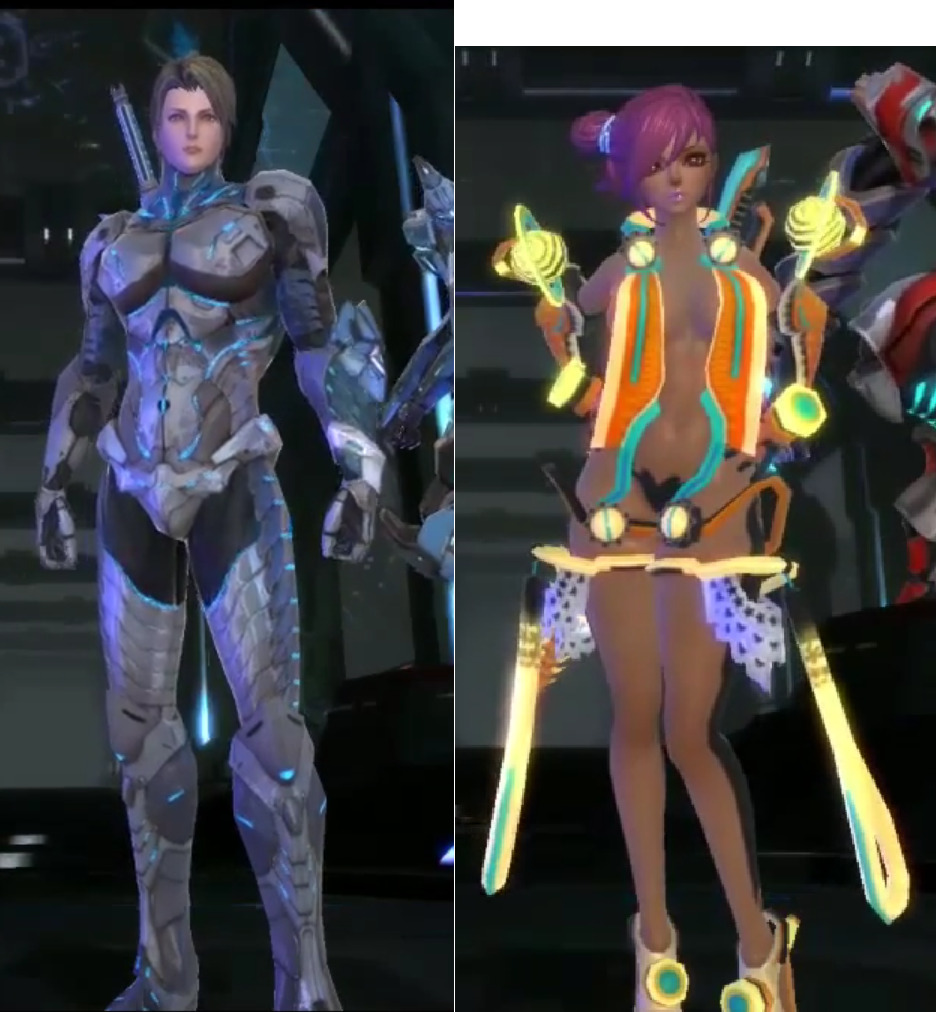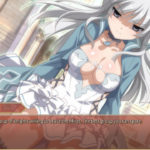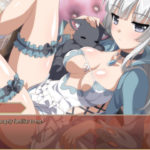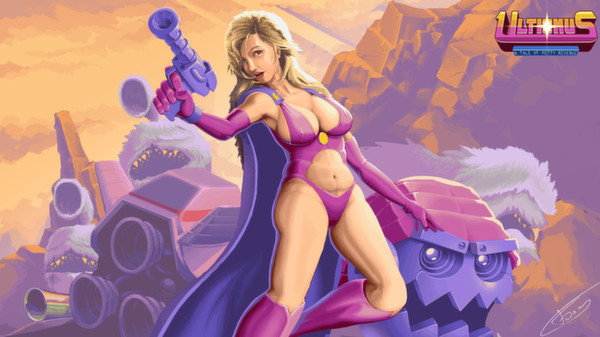

Ultionus: A Tale of Petty Revenge, claims to be…
Ultionus is a love-letter to the home computer arcade games of the late 80s and early 90s
By “love letter” I would normally assume they mean a “horrifying package from a creepy stalker”. Sadly in this case what they mean is “direct rip off of an obscure and unsuccessful title from 1987″ – that title was Phantis / Game Over II (a baffling title if ever there was one).
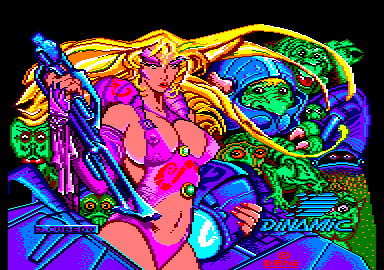
Look, this didn’t help in the 80s okay, and back then it was hard to see cartoon / pixel boobs. Nowdays the challenge is to avoid having them pop up on your monitor at awkward moments.
– wincenworks

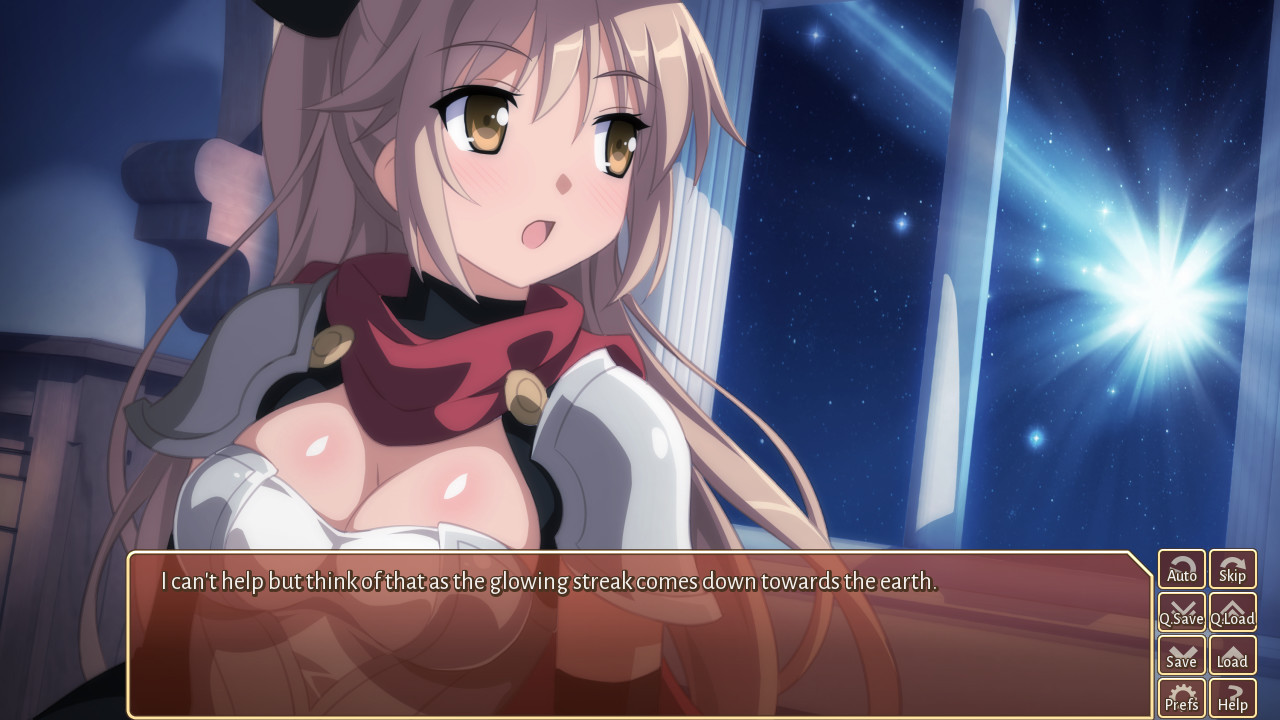
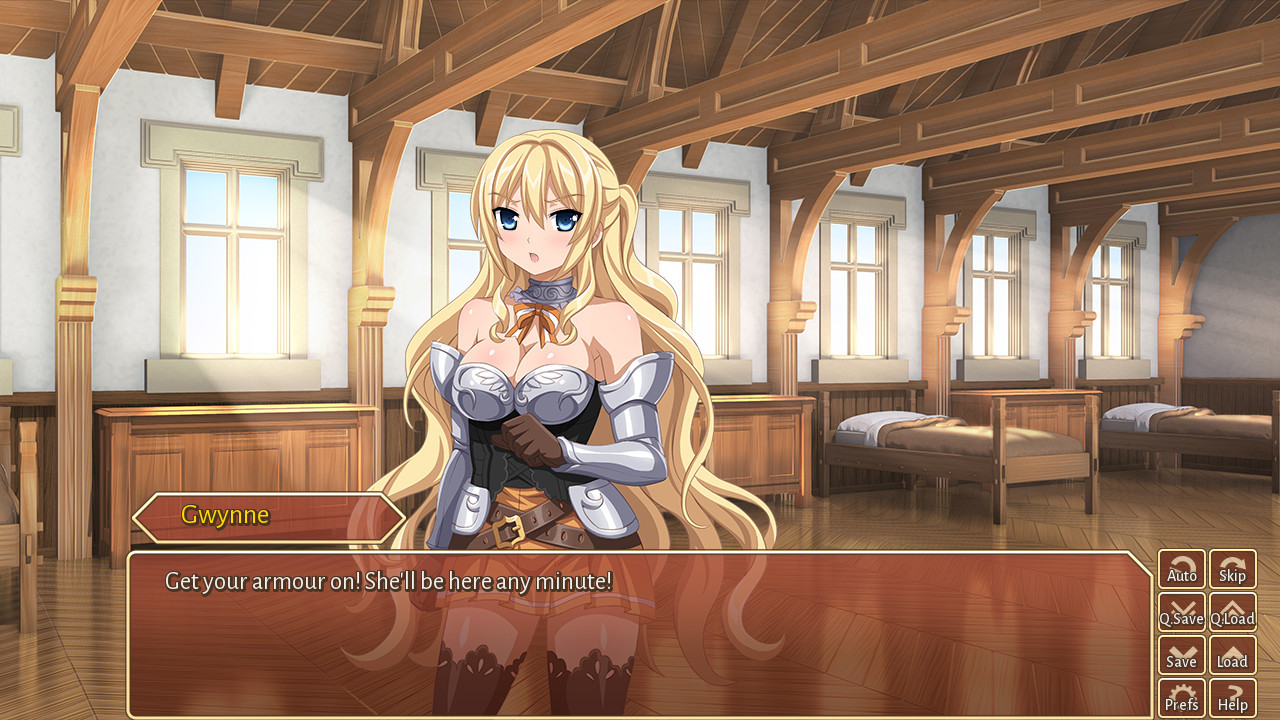

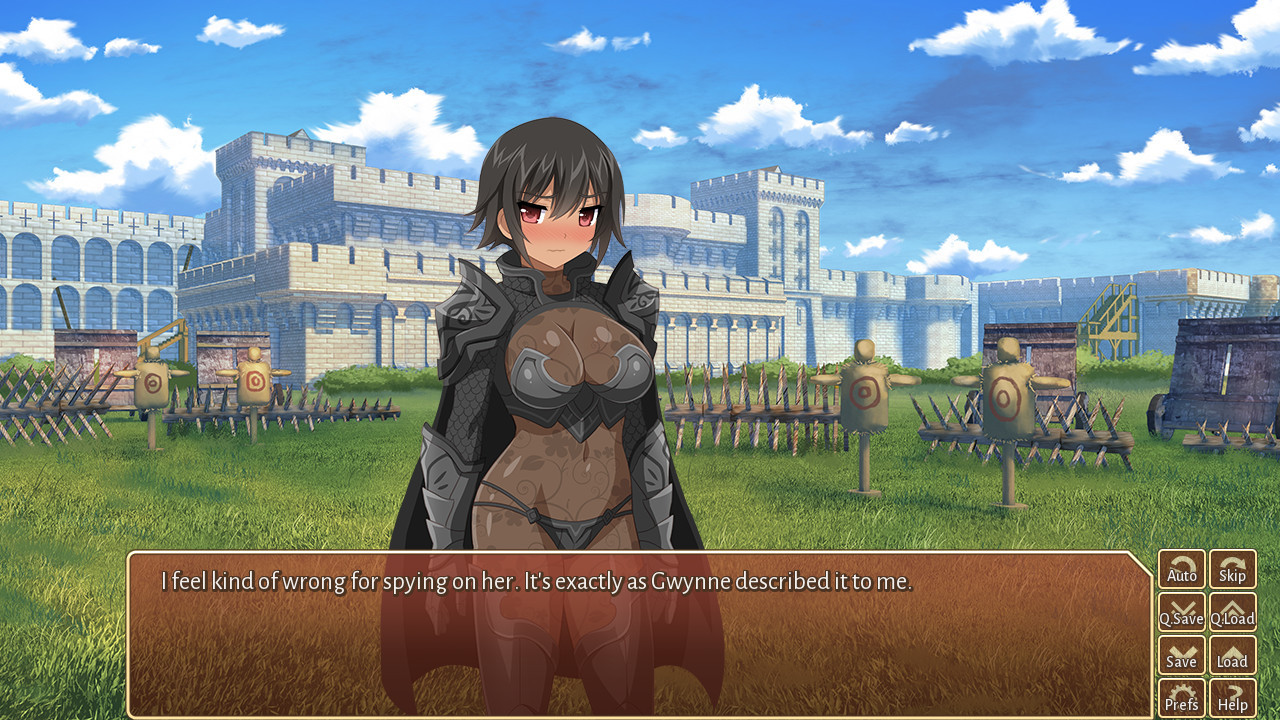
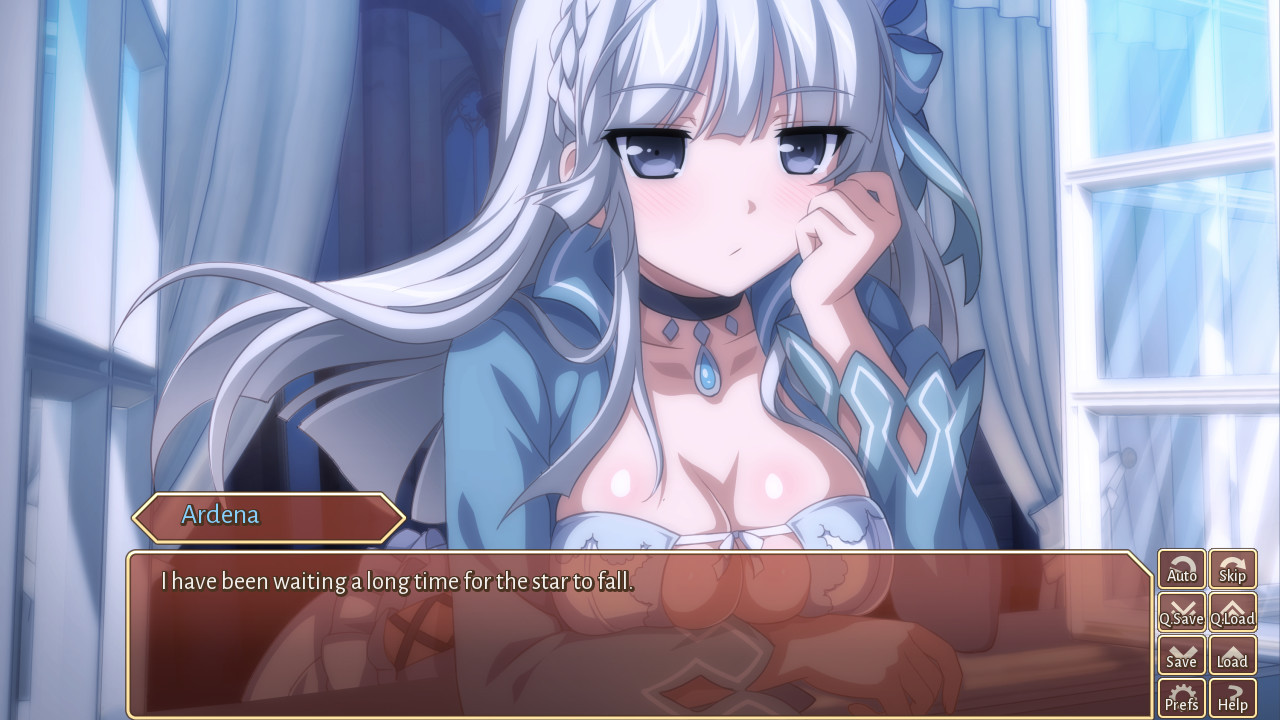

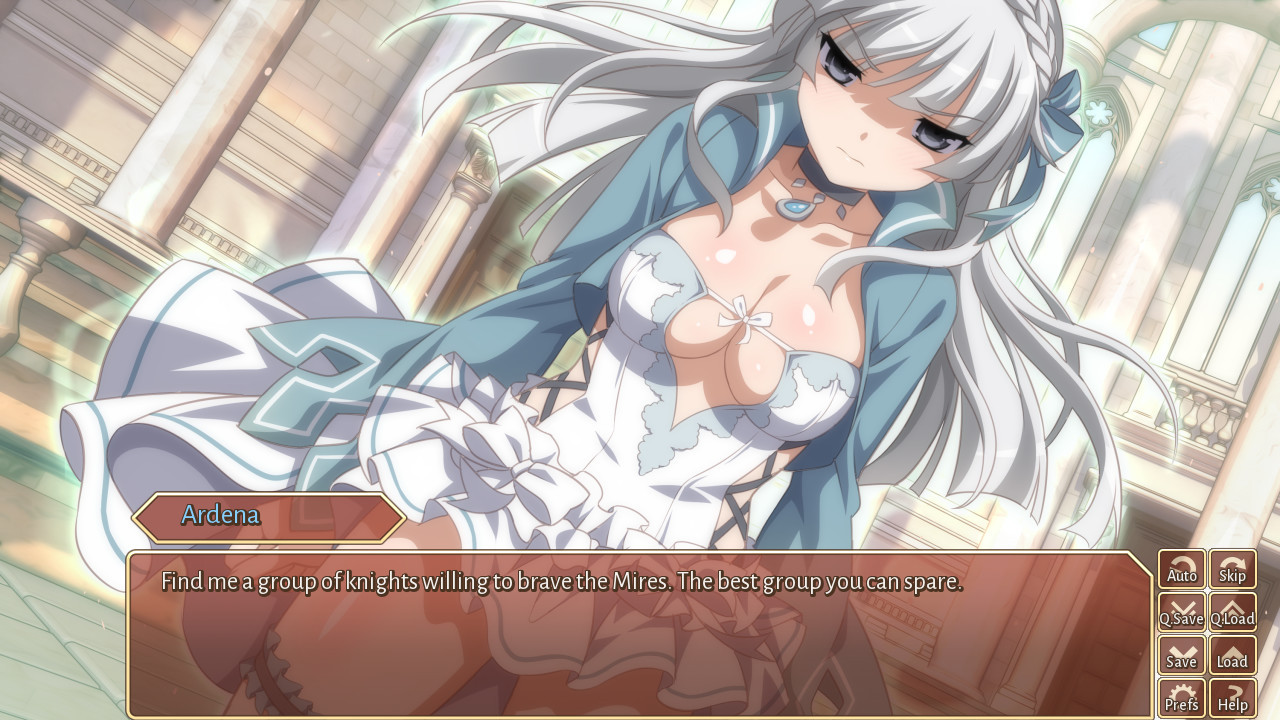
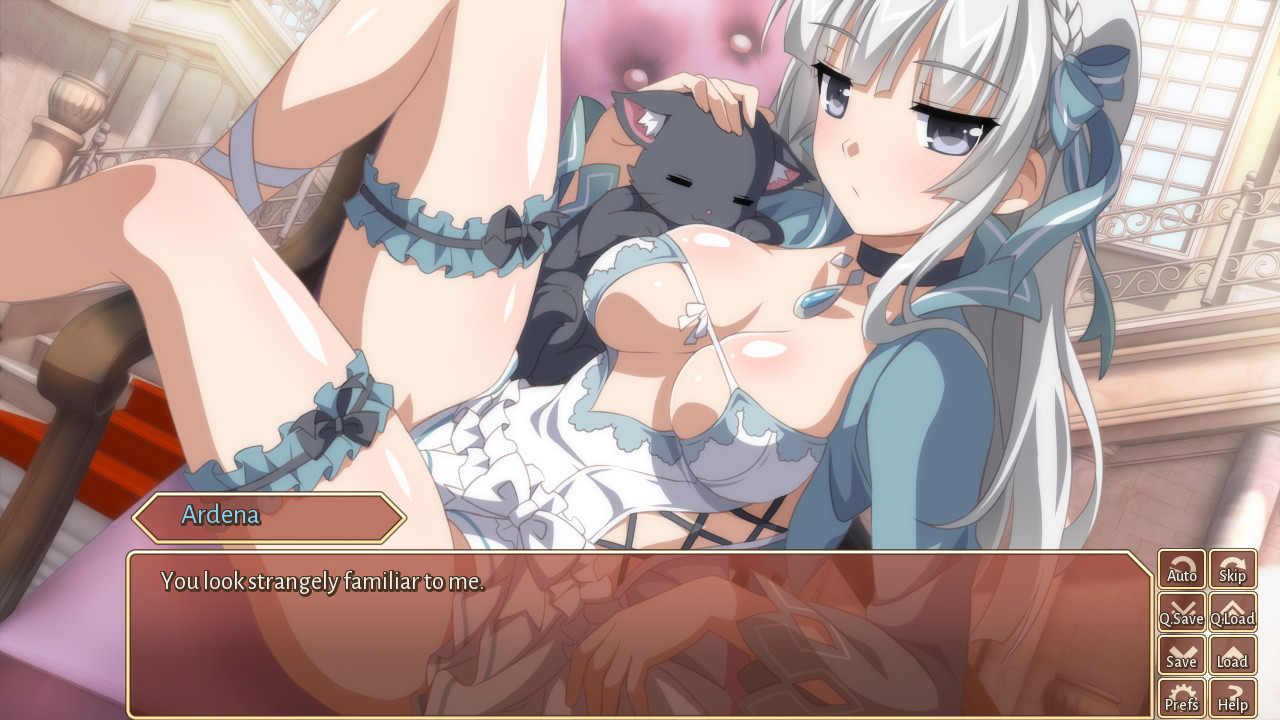
I feel it says a lot about the state of gaming when people will riot for hours to try to oppose titles like Gone Home being considered real games, but stuff like this (where gameplay amounts to “press button to continue”) gets promoted on the front page of Steam and remains pretty much unchallenged.

And that those outfits still are not the worst we’ve seen…
– wincenworks

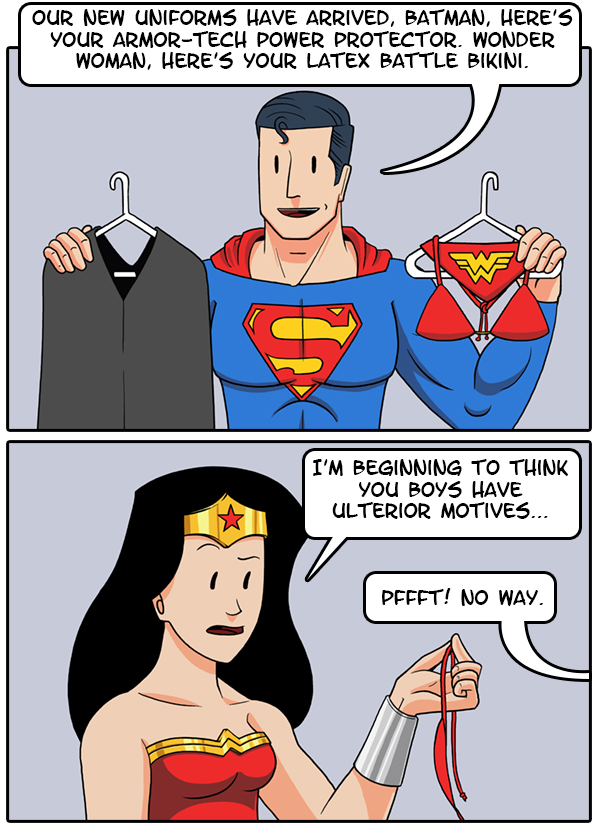

The Truth About Wonder Woman’s Outfit
[by julialepetit]
Well I didn’t see THOSE ulterior motives coming…
~Ozzie
Better explanation than canon.
– wincenworks
On some redesigned female armor I see plackart designed as V-shaped (for example gingerhaze’s purple-white-pink platemail, recently featured at BABD). It looks better aesthetically but on historical armor I saw plackart designed as upside-down V-shaped (for example look at wikipedia article about plackart). I wonder if straight V-shaped plackart which I see a lot in fictional armor has same functionality as a historical prototype.
Frankly, I have no idea about significance of V-shape in regards of realistic plate armor (all I learned about armor design was through running this blog). Seems like your question is more suited for an armorer, like Ryan ‘Jabberwock’ who wrote this article.
What’s significant in the post you’re referring to is this bit gingerhaze wrote (some parts bolded for emphasis):
Would this actually work in real life as real armor? Probably not? But I’m not sure that’s the most important thing to focus on, unless you’re making a gritty, realistic, historically-accurate work. For fantasy? COOLNESS is what counts. I’m all for seeing non-sexualized, diverse ladytypes with functional armor, as long as the coolness factor doesn’t get lost!
In fiction, believability based on realism is much more important than sticking to straight-up realism. As simonjadis says in a reply I reblogged some time ago:
A naturalistic story tells a story that is completely plausible in our world. No wizards, no dragons, no secret vampires, no alien invasions. Telling a realistic story is telling a story that is logical and consistent and makes sense (even if the setting is in a fictional world or in a reality very different from our own).
And that’s one of the basic things BABD aims for: promoting female warriors who dress in believable and protective manner, not necessarily realistic/naturalistic.
We criticize bikini armors, boobplates etc. not specifically because they’re historically inaccurate (which they are, but so are dragons and orcs). We criticize them because they’re inconsistent with how most fictional settings work.
This Throwback Thursday, a reminder that, contrary to popular opinion, BABD does NOT ask for “realism” in fantasy entertainment, but for consistency.
And, while we still claim there might be legit reasons to design ridiculous skimpy armors, we have yet to see a non-erotic, non-satire explanation that makes sense in the context of the story and doesn’t include double standard.
~Ozzie
On some redesigned female armor I see plackart designed as V-shaped (for example gingerhaze’s purple-white-pink platemail, recently featured at BABD). It looks better aesthetically but on historical armor I saw plackart designed as upside-down V-shaped (for example look at wikipedia article about plackart). I wonder if straight V-shaped plackart which I see a lot in fictional armor has same functionality as a historical prototype.
Frankly, I have no idea about significance of V-shape in regards of realistic plate armor (all I learned about armor design was through running this blog). Seems like your question is more suited for an armorer, like Ryan ‘Jabberwock’ who wrote this article.
What’s significant in the post you’re referring to is this bit gingerhaze wrote (some parts bolded for emphasis):
Would this actually work in real life as real armor? Probably not? But I’m not sure that’s the most important thing to focus on, unless you’re making a gritty, realistic, historically-accurate work. For fantasy? COOLNESS is what counts. I’m all for seeing non-sexualized, diverse ladytypes with functional armor, as long as the coolness factor doesn’t get lost!
In fiction, believability based on realism is much more important than sticking to straight-up realism. As simonjadis says in a reply I reblogged some time ago:
A naturalistic story tells a story that is completely plausible in our world. No wizards, no dragons, no secret vampires, no alien invasions. Telling a realistic story is telling a story that is logical and consistent and makes sense (even if the setting is in a fictional world or in a reality very different from our own).
And that’s one of the basic things BABD aims for: promoting female warriors who dress in believable and protective manner, not necessarily realistic/naturalistic.
We criticize bikini armors, boobplates etc. not specifically because they’re historically inaccurate (which they are, but so are dragons and orcs). We criticize them because they’re inconsistent with how most fictional settings work.
This Throwback Thursday, a reminder that, contrary to popular opinion, BABD does NOT ask for “realism” in fantasy entertainment, but for consistency.
And, while we still claim there might be legit reasons to design ridiculous skimpy armors, we have yet to see a non-erotic, non-satire explanation that makes sense in the context of the story and doesn’t include double standard.
~Ozzie
